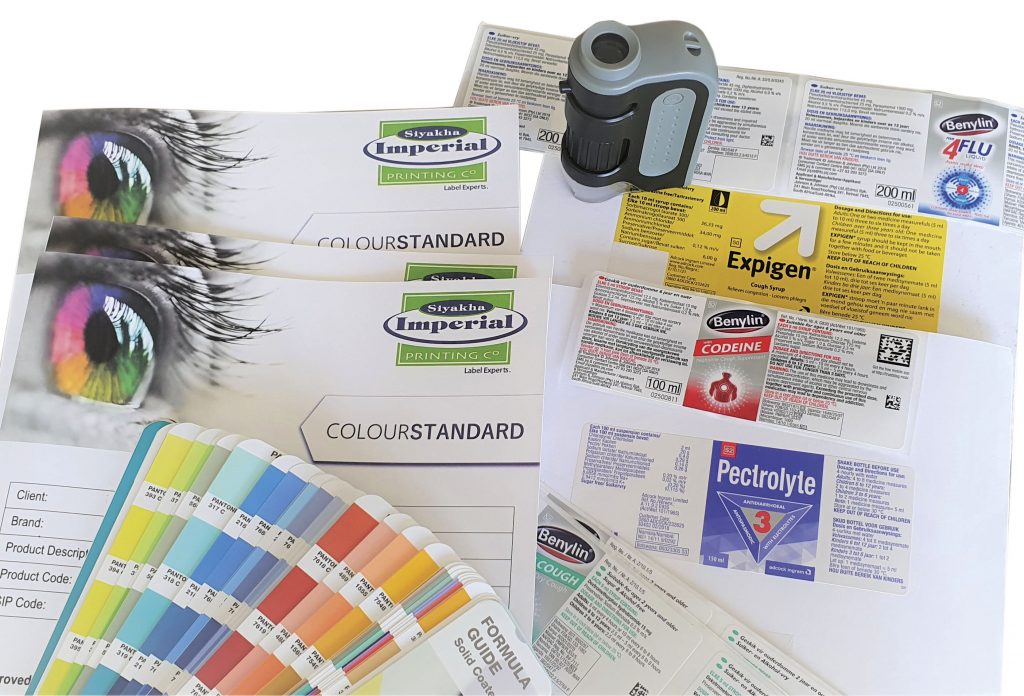A top-opening versus a side-opening design showcases patients’ medication, making it easier for them to see how many pills they have left. Features such as an intake timer in the packaging reduce the chance of missing taking pills while the last blister reminder helps patients to refill their medication. Other useful developments include peel and read labels – which have aided in stipulating a large amount of mandatory information on a limited surface area – and providing QR codes leading directly to a product website. Here summarised and segmented sections of the packaging leaflet are available, providing patients with easy access to product information.
According to Siyakha, the other major trends in the industry are evolving anti-counterfeiting technologies, implementing more sustainable packaging strategies and smaller lot sizes.
Beyond the dangers to the patient, counterfeit medication can have a detrimental effect on a product’s reputation and sales. Different combinations of holographs and other detection elements add layers of security to already well-established track
and trace tools/technologies. These include barcoding, RFID tags, and luminescent UV varnish used in verifying the uniqueness of a product and its packaging.
Siyakha also believes there are significant opportunities within manufacturing practices and processes for more sustainable pharmaceutical packaging strategies that align with the patient’s safety and the product’s effective functionality. ‘OEMs have made strides in machine technologies that help reduce the amount of power, air or water used on a line, as well as in sealing efficiencies for lightweight blister packs that help to reduce material use and waste. Adjustments in raw material specifications can, for example, reduce the amount of heat required to shrink a lid,’ Jessica reports.
The final trend towards smaller lot sizes benefits converters and brand owners in terms of reduced inventory, carrying costs and space requirements. The challenge, she concedes, is that differing production lots require investments in packaging machinery suited to those lot sizes. Although, many sachets are now more adaptable to narrow-web printing due to their multiple variants.










